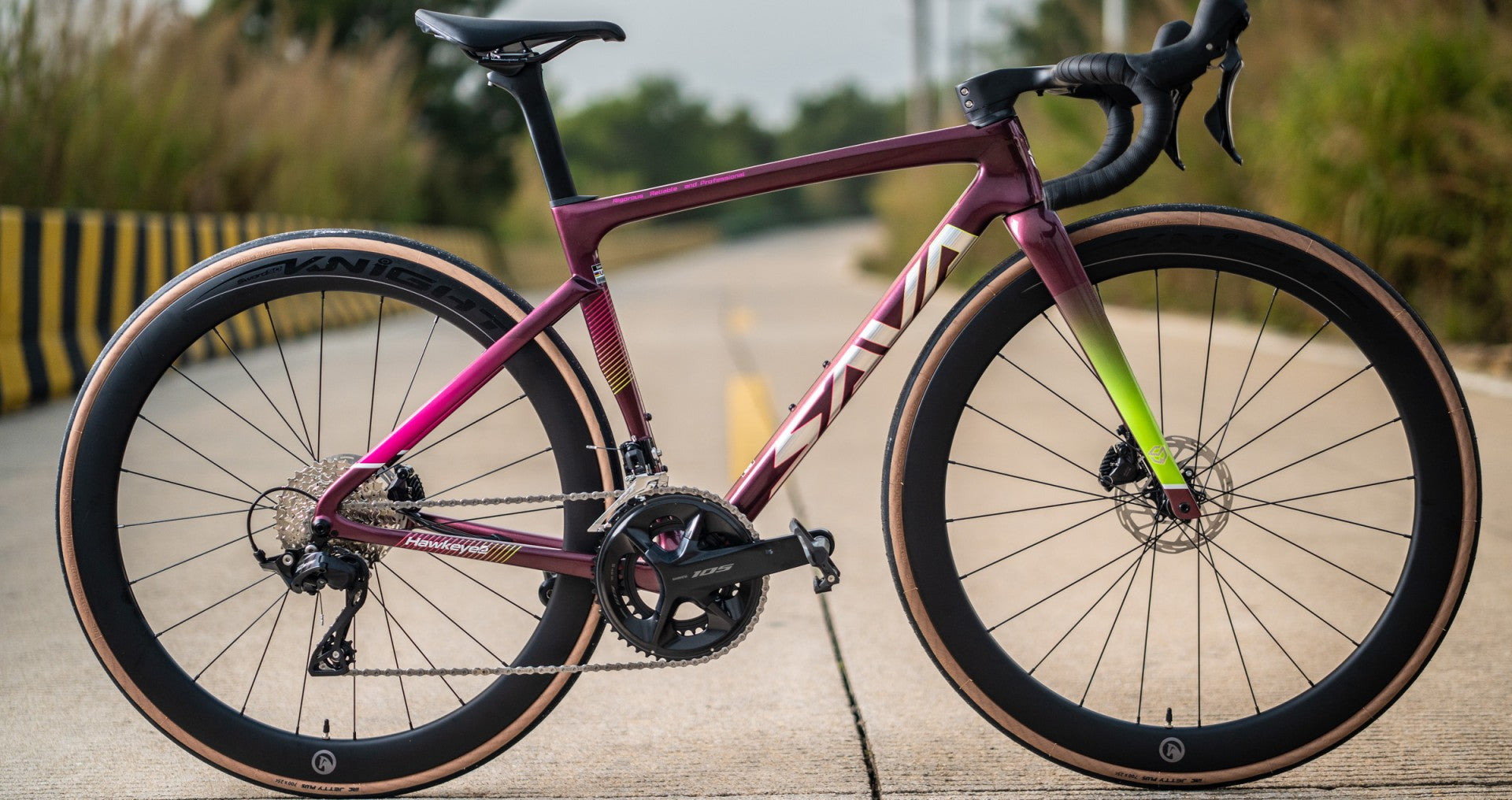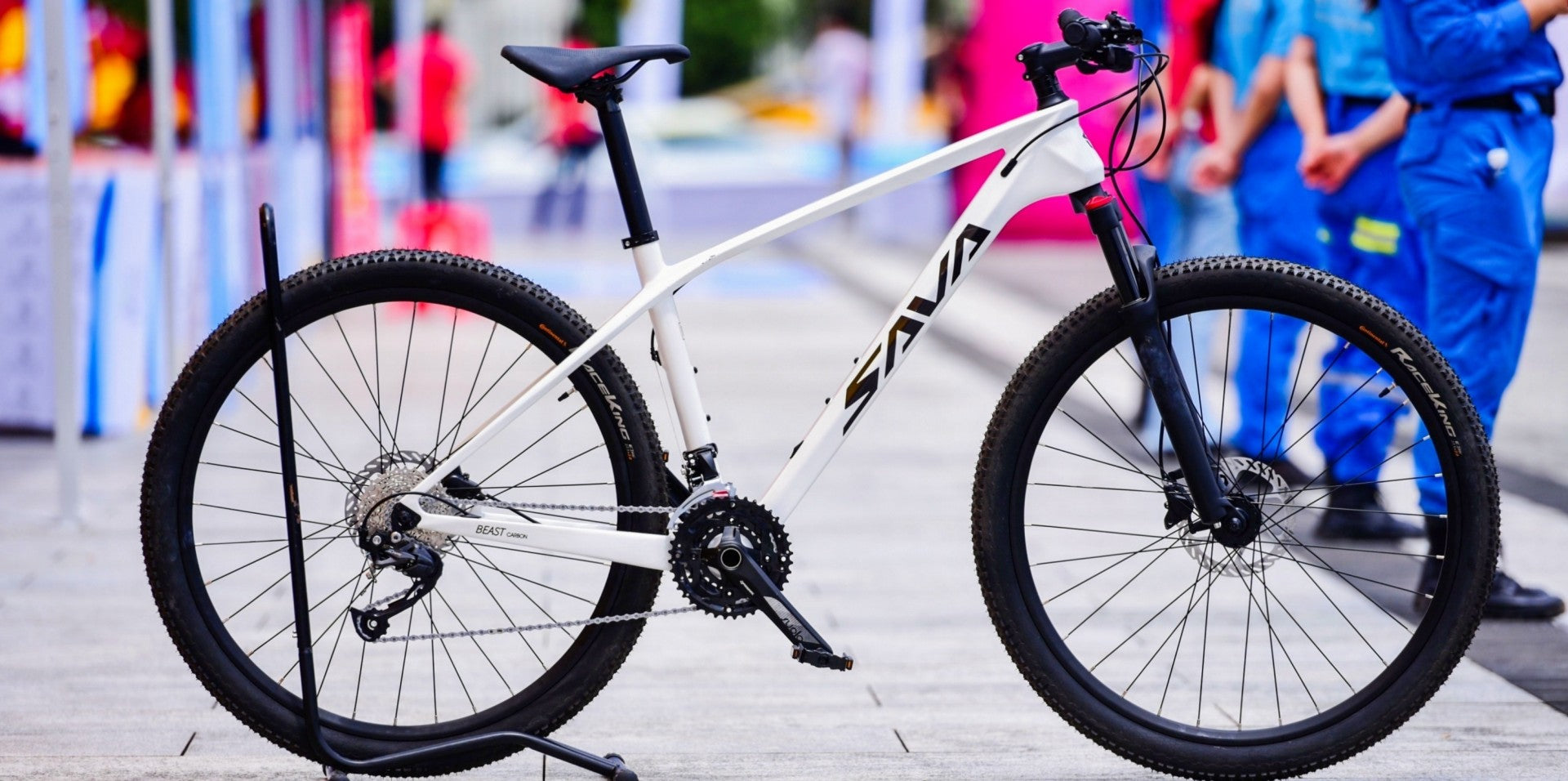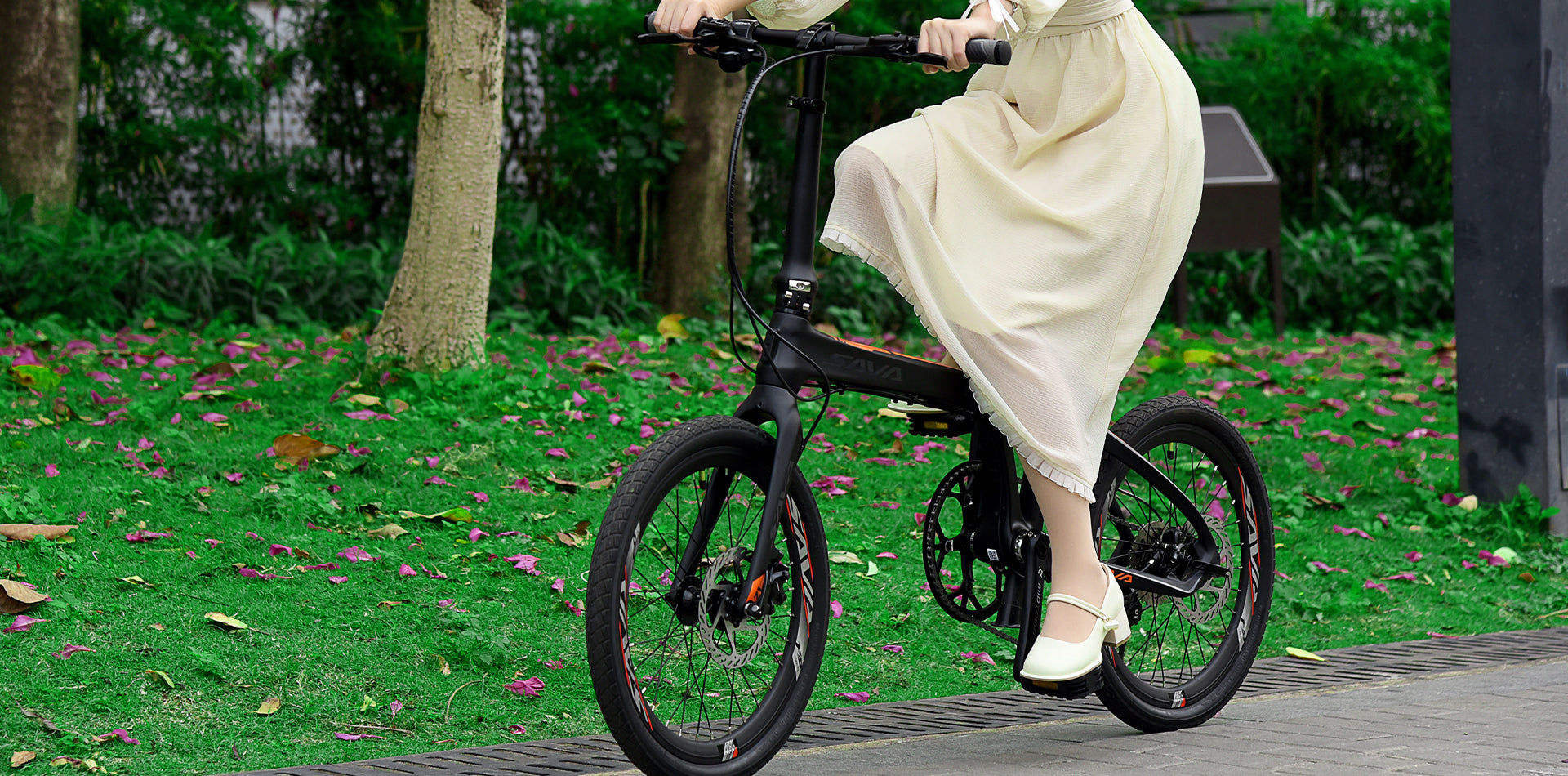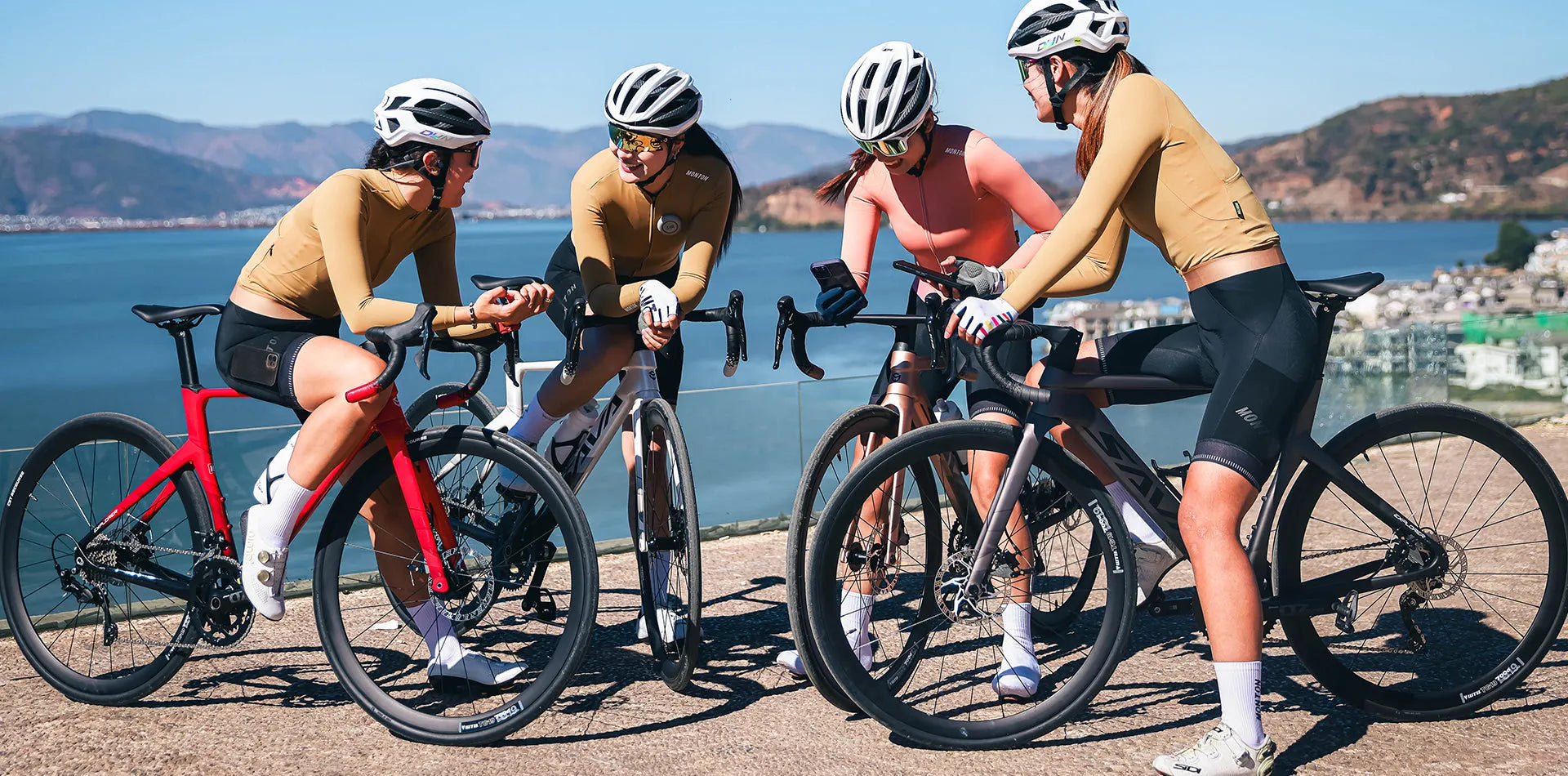¿Cuál es la más adecuada para principiantes? ¿Una bicicleta de montaña rígida o una de doble suspensión?
En el ciclismo de montaña, los principiantes suelen enfrentarse a un dilema común: ¿deberían empezar con una bicicleta de montaña rígida o una de doble suspensión? Ambas opciones tienen sus ventajas e inconvenientes, y es importante tener en cuenta tu estilo de conducción, el terreno y tus preferencias personales antes de decidirte. En este artículo, analizaremos las características de las bicicletas de montaña rígidas y de doble suspensión para ayudarte a determinar cuál es la más adecuada para principiantes.
¿Qué es una bicicleta de montaña rígida?
Una bicicleta de montaña rígida (bridgetail) es una bicicleta de montaña con horquilla de suspensión delantera, pero sin suspensión trasera. Esto significa que la rueda delantera absorbe los impactos y los baches, mientras que la trasera permanece rígida. Las bicicletas de montaña rígidas se caracterizan por su sencillez, ligereza y eficiencia de pedaleo. Además, suelen ser más económicas que las bicicletas de montaña con suspensión total.
Las bicicletas de montaña de cola rígida presentan:
- Sencillez: Las bicicletas rígidas tienen un diseño más sencillo, con horquilla de suspensión delantera y cuadro trasero rígido. Esto puede facilitar su mantenimiento y comprensión para principiantes.
- Precio asequible: Las bicicletas rígidas suelen ser más económicas que las de doble suspensión con componentes similares. Esto puede ser un factor importante para principiantes con presupuesto limitado.
- Eficiencia: Las bicicletas rígidas son más eficientes en terrenos lisos y menos técnicos, lo que las hace ideales para el ciclismo de montaña (XC) y para mejorar tus habilidades de conducción.
- Peso: Las bicicletas rígidas suelen ser más ligeras que las de doble suspensión, lo que puede resultar ventajoso para las subidas y la maniobrabilidad general.
Ventajas de una bicicleta de montaña rígida para principiantes
Para principiantes, una bicicleta de montaña rígida ofrece varias ventajas. En primer lugar, su parte trasera rígida proporciona una transmisión de potencia más directa y eficiente, lo que facilita el pedaleo y la subida de cuestas. Además, su diseño ligero facilita la maniobrabilidad y el control, especialmente en senderos más suaves y menos técnicos. Por último, su menor precio las convierte en una opción más económica para quienes se inician en este deporte.
¿Qué es una bicicleta de montaña de doble suspensión?
Una bicicleta de montaña de doble suspensión, por otro lado, cuenta con suspensión tanto delantera como trasera. Esto significa que ambas ruedas pueden absorber impactos y baches, proporcionando una conducción más suave y cómoda. Las bicicletas de montaña de doble suspensión son conocidas por su tracción, control y capacidad superiores para afrontar terrenos técnicos y accidentados.
Características de la bicicleta de montaña con suspensión total:
- Comodidad y control: Las bicicletas de doble suspensión ofrecen mayor comodidad y control en terrenos técnicos y accidentados. Absorben baches, rocas y raíces, proporcionando una conducción más suave.
- Tracción: La suspensión total mejora la tracción, especialmente en senderos difíciles, lo que puede ayudar a los principiantes a sentirse más seguros.
- Versatilidad: Las bicicletas de doble suspensión son más versátiles y pueden afrontar una gama más amplia de senderos y estilos de conducción, incluyendo descenso, enduro y all-mountain.
- Menor fatiga: El sistema de suspensión reduce la fatiga del piloto en recorridos largos y exigentes, permitiéndole conducir durante más tiempo y con mayor comodidad.
Ventajas de una bicicleta de montaña de doble suspensión para principiantes
Si bien una bicicleta de montaña de doble suspensión puede ser más cara y un poco más pesada que una rígida, ofrece varias ventajas que la hacen ideal para principiantes. La suspensión trasera proporciona mayor comodidad y mejor tracción, lo que permite a los principiantes rodar con más confianza y control. Esto es especialmente beneficioso al rodar por terrenos técnicos y accidentados, ya que la suspensión trasera ayuda a absorber los impactos y a mantener la estabilidad. Las bicicletas de montaña de doble suspensión también ofrecen un mejor rendimiento en descensos, lo que las convierte en una excelente opción para ciclistas que disfrutan de senderos más agresivos y exigentes.
En comparación con las bicicletas de montaña de aleación de aluminio, ¿cuáles son las ventajas de las bicicletas de montaña de fibra de carbono SAVA para principiantes?

Bicicleta de montaña rígida de carbono

Bicicleta de montaña de carbono con suspensión total
Rendimiento ligero : Las bicicletas de montaña de fibra de carbono son generalmente más ligeras que los cuadros tradicionales de aluminio o acero, lo que facilita su transporte y maniobrabilidad, mejorando así la experiencia de conducción para principiantes.
Rigidez y capacidad de respuesta : Los cuadros de carbono son generalmente rígidos, lo que significa que al pedalear, la energía se transfiere a las ruedas de manera más eficiente, proporcionando una respuesta más rápida.
Efecto de absorción de impactos : Si bien los cuadros de fibra de carbono suelen ser rígidos, sin suspensión trasera, este material ayuda a absorber las vibraciones del camino y proporciona una experiencia de conducción relativamente cómoda, sobre todo en terrenos llanos y con pocos tramos técnicos. Además, la bicicleta de montaña SAVA de doble suspensión y fibra de carbono , gracias a su suspensión trasera y al efecto de absorción de impactos de la fibra de carbono, ofrece al ciclista una comodidad excepcional.
Durabilidad : Los cuadros de fibra de carbono generalmente tienen una vida útil más larga porque la fibra de carbono no es propensa a la oxidación, la corrosión ni los daños, lo que ayuda a reducir la necesidad de mantenimiento.
En definitiva, tu elección dependerá de tu estilo de ciclismo y del tipo de terreno que pienses recorrer. Si estás empezando y buscas una bicicleta versátil para ciclismo de montaña en general, una rígida podría ser una buena opción. Si tienes presupuesto y planeas rodar por senderos más técnicos y exigentes, una bicicleta de doble suspensión puede mejorar tu experiencia y tu confianza.









Deja un comentario